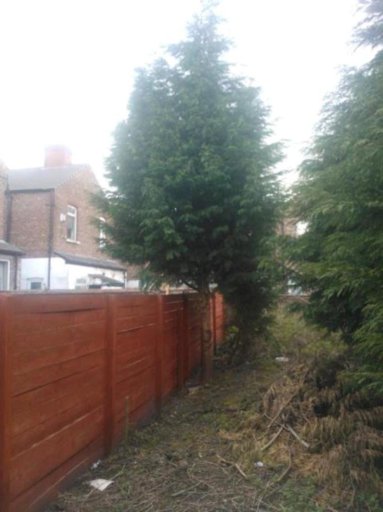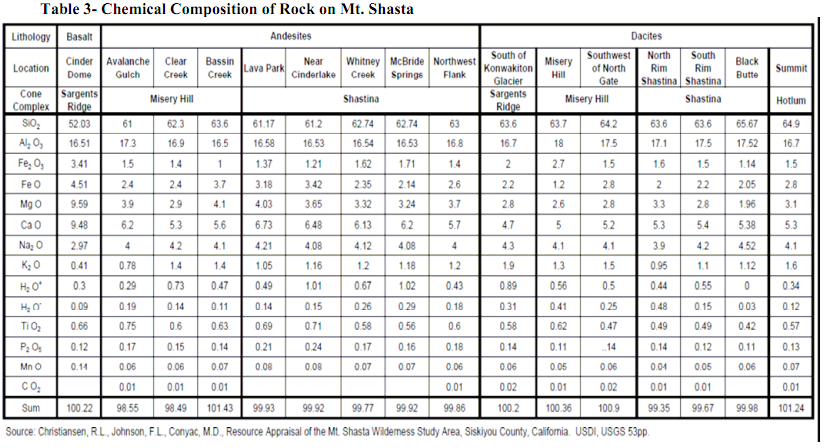David Fraser
Senior Member.
Are we showing each other our trees? I live relatively inner city in Manchester and we do have some pollution issues. At times we can get a bit of acid rain and there is a real problem with dust from a car wreckers near by among other things. Yet things still seem to grow.
This is one of my conifers planted 8 years ago. (The fence is 6ft to give you a gauge of height)

The next is a Google Earth snap shot of my street (sorry for the poor quality). The street is a bsy road and to the right hand side is the main West Coast rail line for England, which is quite busy 24 hours of the day. The air quality can be poor on still days and does have generally have a high proportion of Aluminium present from the local industry

Notice how the gardens are quite lush. Now if we are to believe the claims of aluminium oxide poisoning the plants my local area would be a barren wasteland, never mind seeing such destruction on a global scale not in localised pockets. Even a drop of acid rain does no harm, especially given the buffering qualities of soil.
This is one of my conifers planted 8 years ago. (The fence is 6ft to give you a gauge of height)

The next is a Google Earth snap shot of my street (sorry for the poor quality). The street is a bsy road and to the right hand side is the main West Coast rail line for England, which is quite busy 24 hours of the day. The air quality can be poor on still days and does have generally have a high proportion of Aluminium present from the local industry

Notice how the gardens are quite lush. Now if we are to believe the claims of aluminium oxide poisoning the plants my local area would be a barren wasteland, never mind seeing such destruction on a global scale not in localised pockets. Even a drop of acid rain does no harm, especially given the buffering qualities of soil.



